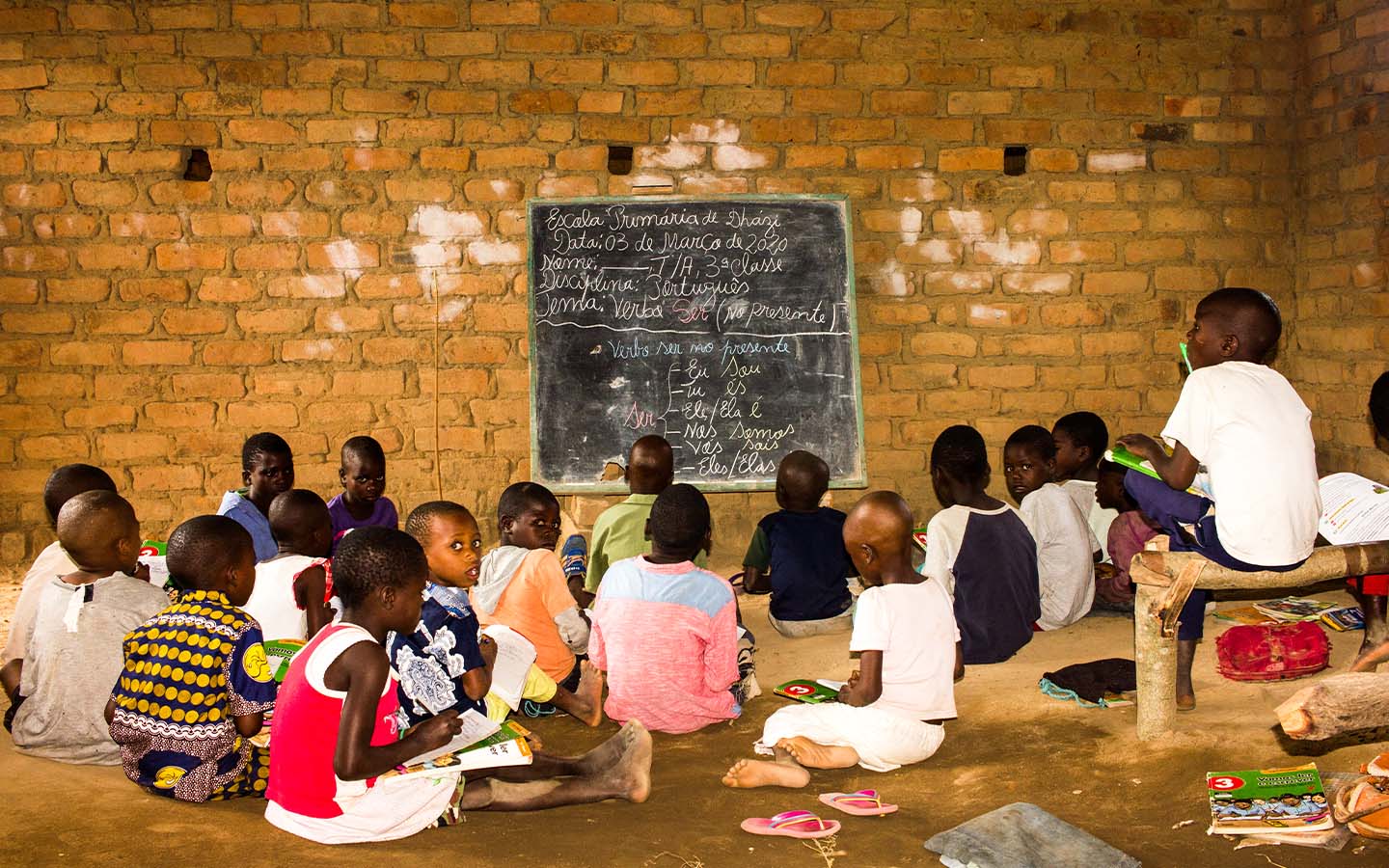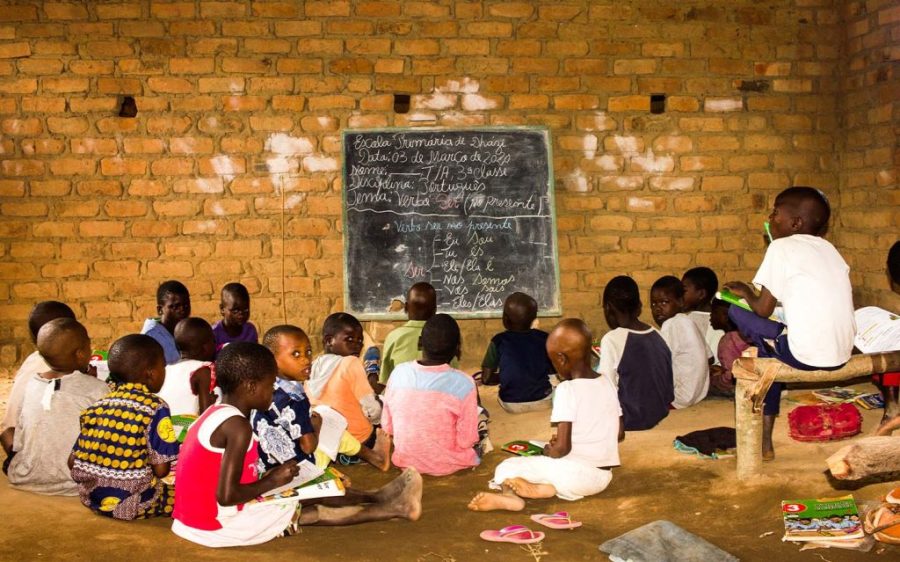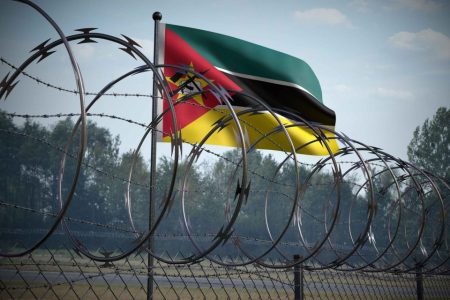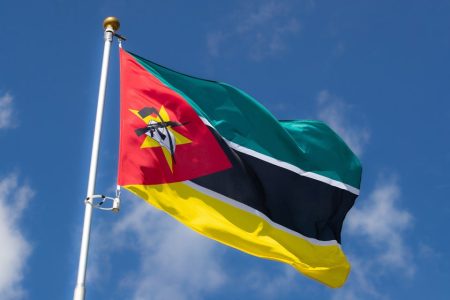As the world marked International Mother Language Day on 21 February, two former Portuguese colonies with diverse linguistic traditions faced distinctly different challenges in balancing the preservation of culture with the need to exist in an increasingly connected world.
The majority of the 16 mother languages of Timor-Leste are quickly disappearing amid the proliferation of official languages (Portuguese and the largest native language, Tetum) and lingua francas (Indonesian and English). Besides Tetum, which is used within the Catholic Church, only two other languages have a strong base of native speakers in the country: Makasae (spoken mainly in the eastern Baucau municipality) and Mambae (spoken across several west-central municipalities, such as Ermera, Aileu and Ainaro).
The other 13 languages identified by Davi Albuquerque in his 2003 paper As línguas de Timor Leste: perspectivas are rapidly disappearing or even extinct, as is the case with Makuva, now used solely in rituals conducted by elders in Lautém, the country’s eastern-most municipality.
“All Timorese must defend their mother tongue because it represents their culture and identity,” remarked Rosa Tilman, director of the National Institute of Linguistics at the National University of Timor-Leste, to the Portuguese news agency Lusa. With so many of the languages having no written component, she pointed out, increasing the number of speakers is vital.
[See more: Angola’s sona writing form has been added to UNESCO’s heritage list]
Another lusophone nation, Mozambique finds itself facing the opposite problem. The southern African country boasts more than 40 mother tongues, and the majority of the population speaks one or more as their first language. Portuguese, the official language of Mozambique, is far less widespread, with around 90 percent of Mozambican children beginning school without knowing it.
Mozambican authorities introduced bilingual education in primary schools in 2015 to address this problem, and by 2024, a total of 2,894 schools used the bilingual model, benefiting a total of 886,998 students, according to government data. Yet the model has fallen far short of its goals, according to Armindo Ngunga, a linguistics professor at Eduardo Mondlane University (UEM) and former deputy minister of education, who worked on the rollout a decade ago.
Ngunga lamented the lack of emphasis on bilingual education in the country, telling Lusa that teachers often end up passing children who don’t know the material “because if they were to fail them, they would fail everyone.” He called for more training, so teachers are equipped with the tools they need to provide a bilingual education, and to extend the curriculum to secondary schools.
Ngunga believes these changes and a clear political will are necessary to reach the goal set by the government in 2019 of over 5 million students studying in both Portuguese and a native language by 2029.






